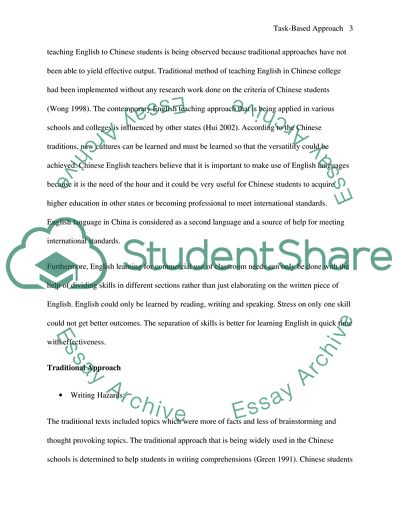Cite this document
(Teaching Chinese College English Reading with Task-based Approach Case Study, n.d.)
Teaching Chinese College English Reading with Task-based Approach Case Study. Retrieved from https://studentshare.org/education/1741416-teaching-chinese-college-english-reading-with-task-based-approach
Teaching Chinese College English Reading with Task-based Approach Case Study. Retrieved from https://studentshare.org/education/1741416-teaching-chinese-college-english-reading-with-task-based-approach
(Teaching Chinese College English Reading With Task-Based Approach Case Study)
Teaching Chinese College English Reading With Task-Based Approach Case Study. https://studentshare.org/education/1741416-teaching-chinese-college-english-reading-with-task-based-approach.
Teaching Chinese College English Reading With Task-Based Approach Case Study. https://studentshare.org/education/1741416-teaching-chinese-college-english-reading-with-task-based-approach.
“Teaching Chinese College English Reading With Task-Based Approach Case Study”. https://studentshare.org/education/1741416-teaching-chinese-college-english-reading-with-task-based-approach.


